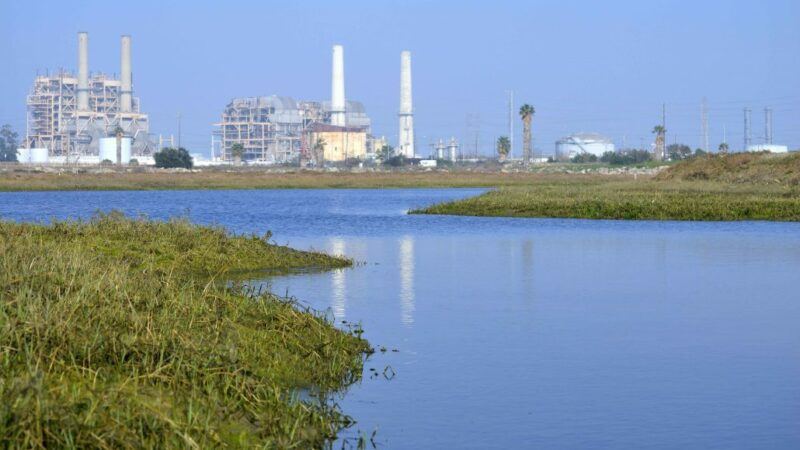In Southern California, zinc is a difficult stormwater pollutant to mitigate. Many vehicle tires contain zinc, which gets transferred onto asphalt while driving. In metropolitan settings, traffic congestion leads to extra braking and idling, allowing more zinc to accumulate. During first flush or any rainfall event, the pollutant is picked up and discharged into the Pacific Ocean. Residential areas also contain galvanized surfaces including roofs, gutters, fencing and even drainage pipes. Although zinc can be removed relatively easily using filtration systems, the massive volume of water that flows from urban landscapes during a significant rain event is not possible to treat in this way.
Our practicum group will seek locations of large deposits of zinc and analyze them, and study source control tactics to ensure levels are below the total maximum daily limit. Among the potential solutions are creating Low Impact Development sites (LIDs) to store and/or remove harmful water quality pollutants through biofiltration, bioswales or cisterns. Our study area is the Los Cerritos Watershed, which does not have any additional upstream flow and discharges immediately into the Pacific Ocean.
Team: Shannon Cavanaugh, Eduardo De La Vega, Regina Mae Francia, Gurjot Kohli, Helen Lu, Megna Patel, Sabrina Yang
Advisor: Noah Garrison
Client: Los Cerritos Channel Watershed Group (Watershed Group) and State Water Resources Control Board (State Water Board)

